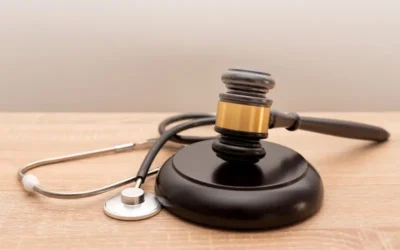In a law firm, one of the major duties paralegals have is requesting and interpreting medical records pertaining to specific cases. The most important and primary step involved in medical record review is organizing the medical records. As this is a highly labor-intensive task, paralegals can obtain reliable medical review services to complete the same quickly and efficiently. When the records are organized properly, it is easy to determine whether you have all the records and whether any are missing, segregate duplicate records, analyze the records more efficiently and easily, and spot inconsistencies. In addition, you can have an idea regarding other providers and potential defendants.
Let us look at some other considerations.
- Depending on the type of case, have a clear understanding of the specific records to request.
- Make sure to request a certified copy of the records.
- You need to have records providing clear information regarding current and past providers, prescription history and pharmacies.
- Billing and insurance payment records: These help to identify missing records, unreported care and treatment, and care/treatment reported but was not provided.
When organizing the medical records, follow a consistent pattern and ensure that they are arranged chronologically. It is important to be very cautious when shredding records that you think are duplicates. Look for pages that are not arranged properly as well as for missing pages. When reviewing medical records, you need to have a clear idea regarding the components of each type of records such as hospital records, physician office records, nursing home records, and so on. Whatever be the type of record, look for key information including medical history, current medications, pre-existing conditions, past and present providers, unreported injuries and so on. See whether there is any conflict between the physician’s notes and nurse’s notes.
With electronic medical records, ask for the metadata or audit trail; ask for paper and electronic data and PHI (Protected Health Information) disclosure log. Request the data dictionary and the physicians’ orders as they originally appeared on the computer screen.




